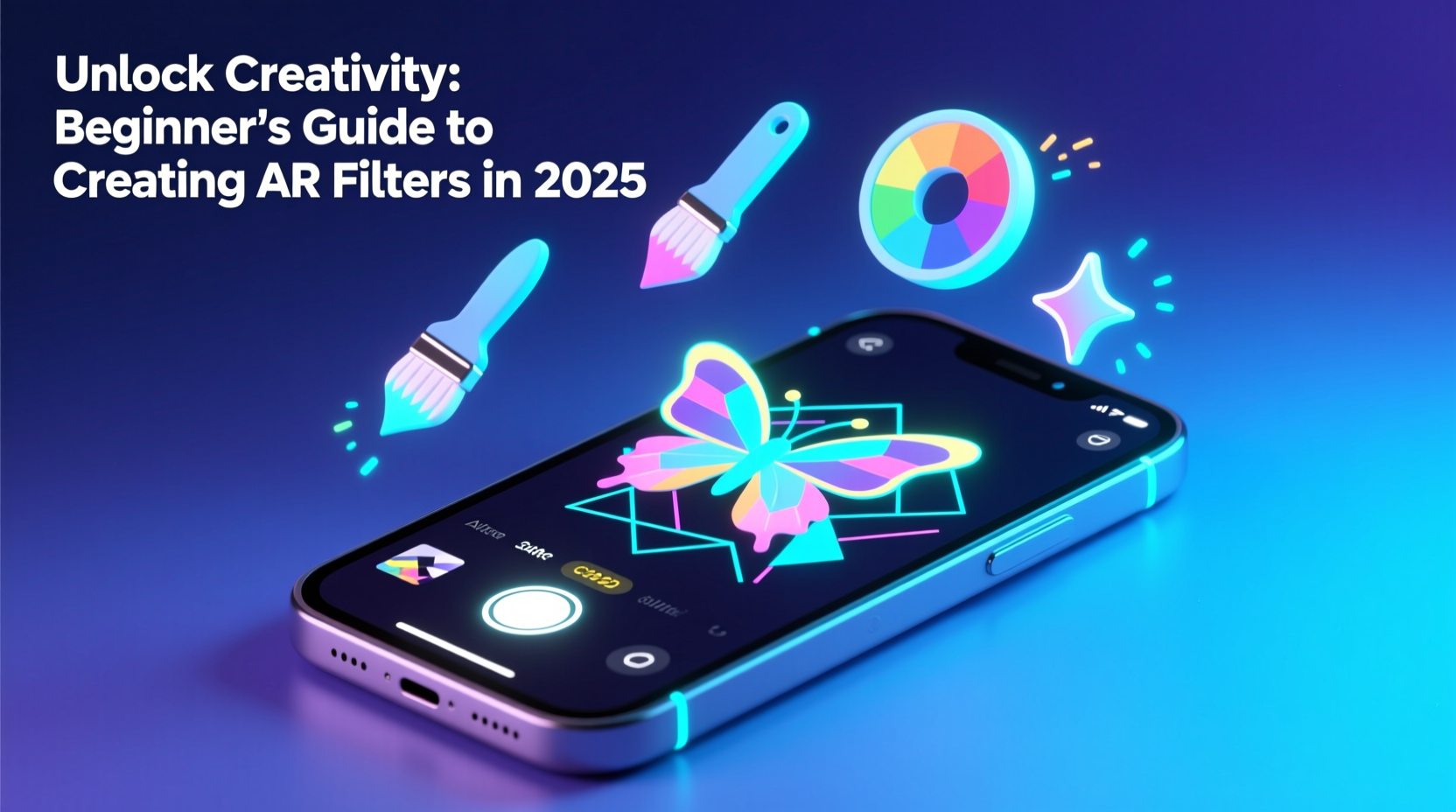Creating augmented reality (AR) filters is an exciting way to engage users through interactive and immersive experiences. With the increasing popularity of platforms like Instagram and Snapchat, learning to create AR filters not only introduces you to a fascinating technology but also allows you to extend your creativity into the digital realm. This beginner's guide will walk you through the process step-by-step, ensuring you understand basic concepts and gain practical skills. Our focus will be on making it accessible by using tools you can get for free and implementing methods introduced after 2020. Keywords: AR filters, beginner's guide.
Step-by-step Operation Guide
1. Choose Your AR Filter Platform
- Platforms like Spark AR Studio and Lens Studio are popular choices. They provide user-friendly interfaces and comprehensive resources for AR creation.
- Spark AR is recommended for Instagram and Facebook, whereas Lens Studio is suitable for Snapchat.
| Platform | Best For | Key Features |
|---|---|---|
| Spark AR Studio | Instagram & Facebook | Script editor, patch editor |
| Lens Studio | Snapchat | Interactive templates, 3D face masks |
2. Download and Install the Software
- Visit the official website of the chosen platform and download the appropriate software for your operating system.
- Follow installation instructions carefully to set up the software.
3. Get Familiar with the Interface
- Take some time to explore the interface. Familiarize yourself with the workspace, assets panel, and editing tools.
- Check out tutorial videos directly on the platform for an overview of features.
4. Create Your First Project
- Start a new project in the software. Choose "New Effect" or "New Lens" depending on your platform.
- Import any graphic elements you want to use, such as images or 3D models.
5. Design and Program Your AR Filter
- Use the drag-and-drop features to arrange your visual elements.
- Add interactivity by setting triggers and responses, like face gestures or screen taps.
- Utilize built-in templates or explore community examples for inspiration.
6. Test Your Filter
- Use the preview feature to test your filter in real-time and make adjustments as needed.
- Ensure your filter works smoothly on various devices.
7. Publish Your AR Filter
- Once satisfied, submit your AR filter for review through the platform's submission process.
- Follow guidelines to ensure your filter meets community standards.
FAQ
- Can I create AR filters without programming skills? Yes, platforms offer intuitive tools and templates that require little to no coding.
- How long does it take to learn AR filter creation? It varies, but dedicated beginners often grasp essentials within weeks.
- Do I need special equipment to test my filters? A smartphone compatible with the platform's requirements suffices.
- Are there costs involved? Both Spark AR and Lens Studio are free, though graphic assets might incur costs.
- Can I monetize my creations? Platforms occasionally offer opportunities for creators to earn through partnerships.
Comparison of AR Filter Complexity
| Complexity Level | Features | Development Time |
|---|---|---|
| Basic | Static overlays, simple interactions | 1-2 days |
| Intermediate | 3D elements, animation triggers | 1-2 weeks |
| Advanced | Custom scripting, extensive interactivity | 1 month or more |
In conclusion, creating AR filters can be a rewarding venture, combining creativity and technology to produce compelling user experiences. With the right tools, some initial effort, and an understanding of essential steps, almost anyone can start designing and sharing their own AR magic. Always remember to prioritize user privacy and data protection in your creations.











 浙公网安备
33010002000092号
浙公网安备
33010002000092号 浙B2-20120091-4
浙B2-20120091-4